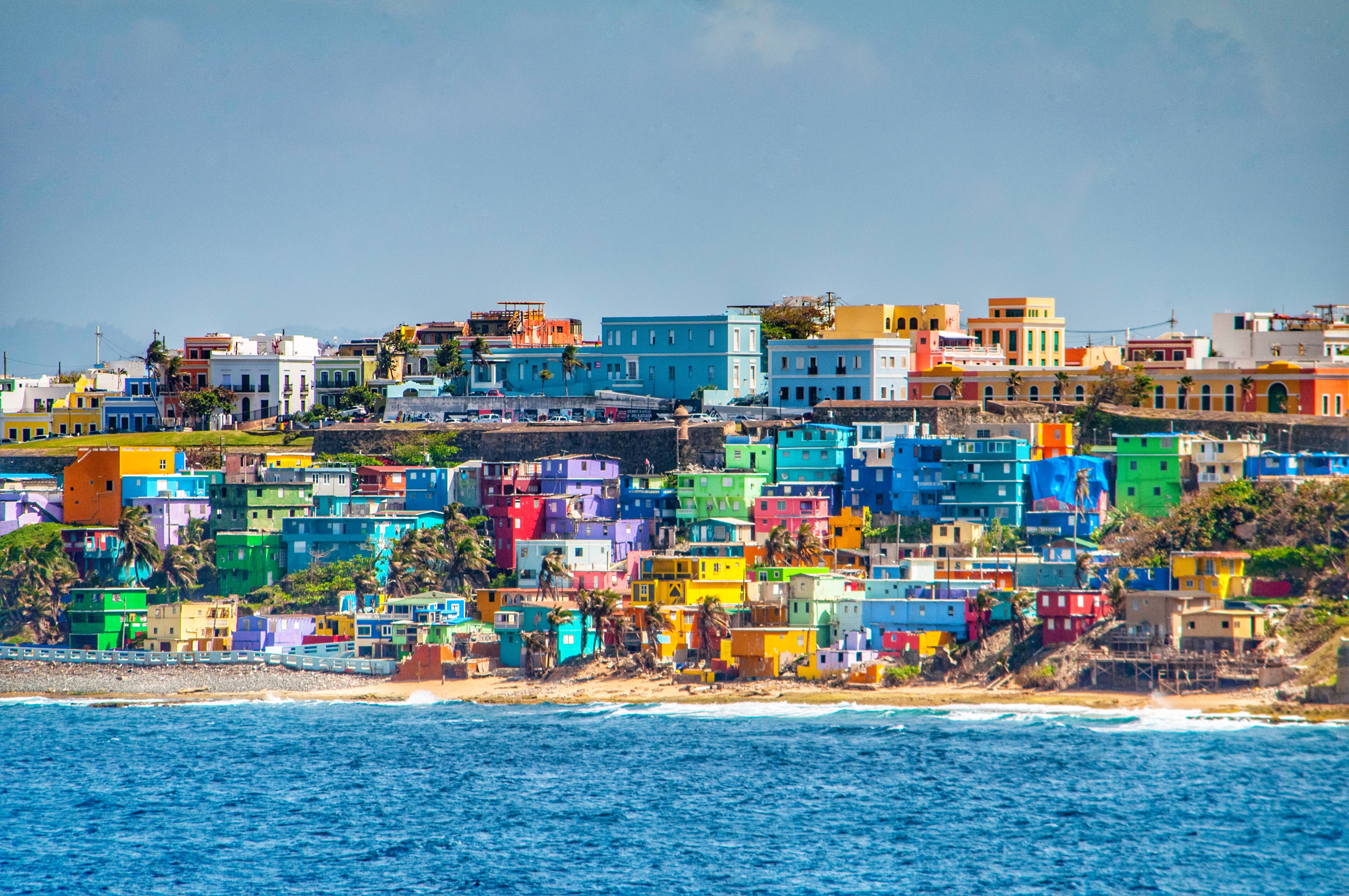Puerto Rico’s History and Culture

Puerto Rico’s rich history and vibrant culture have been shaped by a diverse blend of influences, including its indigenous Taíno heritage, Spanish colonization, and American occupation. The island’s strategic location in the Caribbean has also played a significant role in its development.
Puerto Rico is a beautiful island with a rich culture and history. The people of Puerto Rico are known for their warm hospitality and delicious cuisine. One of the most popular dishes in Puerto Rico is spaghetti. Spaghetti is a type of pasta that is made from durum wheat flour.
It is typically served with a tomato-based sauce. There are many different ways to make spaghetti, but one of the most popular is to use spaghetti models. Spaghetti models are a type of cooking utensil that is used to create perfectly shaped spaghetti.
They are typically made from metal or plastic and have a variety of different shapes and sizes. Spaghetti models can be found in most kitchen stores. Puerto Rico is a great place to visit and experience the local culture and cuisine.
If you are looking for a delicious and authentic Puerto Rican meal, be sure to try spaghetti.
Historical Timeline
- 1493: Christopher Columbus arrives in Puerto Rico and claims it for Spain.
- 1508: Juan Ponce de León establishes the first permanent Spanish settlement on the island.
- 1898: Puerto Rico becomes a territory of the United States after the Spanish-American War.
- 1917: Puerto Ricans are granted U.S. citizenship.
- 1952: Puerto Rico becomes a self-governing commonwealth of the United States.
Cultural Influences, Puerto rico
Puerto Rican culture is a unique blend of indigenous Taíno, Spanish, and African traditions. The island’s music, art, and cuisine reflect this diverse heritage.
- Music: Puerto Rican music is known for its lively rhythms and infectious melodies. The island’s most popular genres include salsa, merengue, and bomba.
- Art: Puerto Rican art is often vibrant and colorful, reflecting the island’s tropical surroundings. The island’s most famous artists include José Campeche, Francisco Oller, and Lorenzo Homar.
- Cuisine: Puerto Rican cuisine is a delicious blend of Spanish, African, and Caribbean flavors. The island’s most popular dishes include mofongo, arroz con pollo, and pasteles.
Puerto Rico’s Geography and Natural Beauty

Puerto Rico, an archipelago in the Caribbean, boasts a diverse and breathtaking natural landscape. Its unique geographical features, including mountains, forests, beaches, and coral reefs, offer a rich tapestry of natural wonders.
Geographical Features
Puerto Rico’s mountainous terrain is a defining characteristic of the island. The Cordillera Central, a central mountain range, forms the backbone of the island and rises to an elevation of 4,390 feet at Cerro de Punta, the highest point in Puerto Rico. The mountains provide a habitat for diverse flora and fauna, including endangered species like the Puerto Rican parrot.
Puerto Rico’s coastline is equally impressive, with over 270 miles of sandy beaches, rocky shores, and coral reefs. The island’s beaches, such as Luquillo Beach and Flamenco Beach, are renowned for their crystal-clear waters and soft white sand.
Natural Beauty
Puerto Rico’s natural beauty is evident in its lush forests, vibrant coral reefs, and diverse wildlife. The El Yunque National Forest, a tropical rainforest, is home to an abundance of plant and animal species, including over 240 species of trees and 50 species of orchids. The island’s coral reefs, teeming with marine life, are a popular destination for snorkeling and diving enthusiasts.
Conservation Efforts
The preservation of Puerto Rico’s natural environment is crucial for the island’s well-being. Conservation efforts focus on protecting the island’s forests, beaches, and coral reefs from pollution, deforestation, and overdevelopment. Organizations such as the Puerto Rico Conservation Trust work tirelessly to ensure the sustainable management of Puerto Rico’s natural resources for future generations.
Puerto Rico’s Economy and Tourism

Puerto Rico’s economy is diverse, with a mix of industries including manufacturing, tourism, and agriculture. The island’s economy has faced challenges in recent years, including a high unemployment rate and a large public debt. However, the government has implemented measures to address these issues, and the economy is slowly recovering.
Tourism
Tourism is a major contributor to Puerto Rico’s economy. The island’s beautiful beaches, rainforests, and historical sites attract millions of visitors each year. The tourism industry provides jobs for many Puerto Ricans and helps to support the island’s economy.
Sustainable Tourism Practices
It is important to promote sustainable tourism practices in Puerto Rico to protect the island’s natural resources and culture. Some ways to do this include:
- Educating visitors about the importance of protecting the environment and respecting local customs.
- Encouraging visitors to use public transportation or walk instead of driving.
- Supporting local businesses that are committed to sustainability.
Puerto Rico, a beautiful island in the Caribbean, has a rich history and culture. However, it is also prone to natural disasters, including hurricanes. In 2018, Hurricane Beryl caused significant damage to Florida. Read more about Hurricane Beryl’s impact on Florida.
Despite these challenges, Puerto Rico remains a vibrant and resilient community.